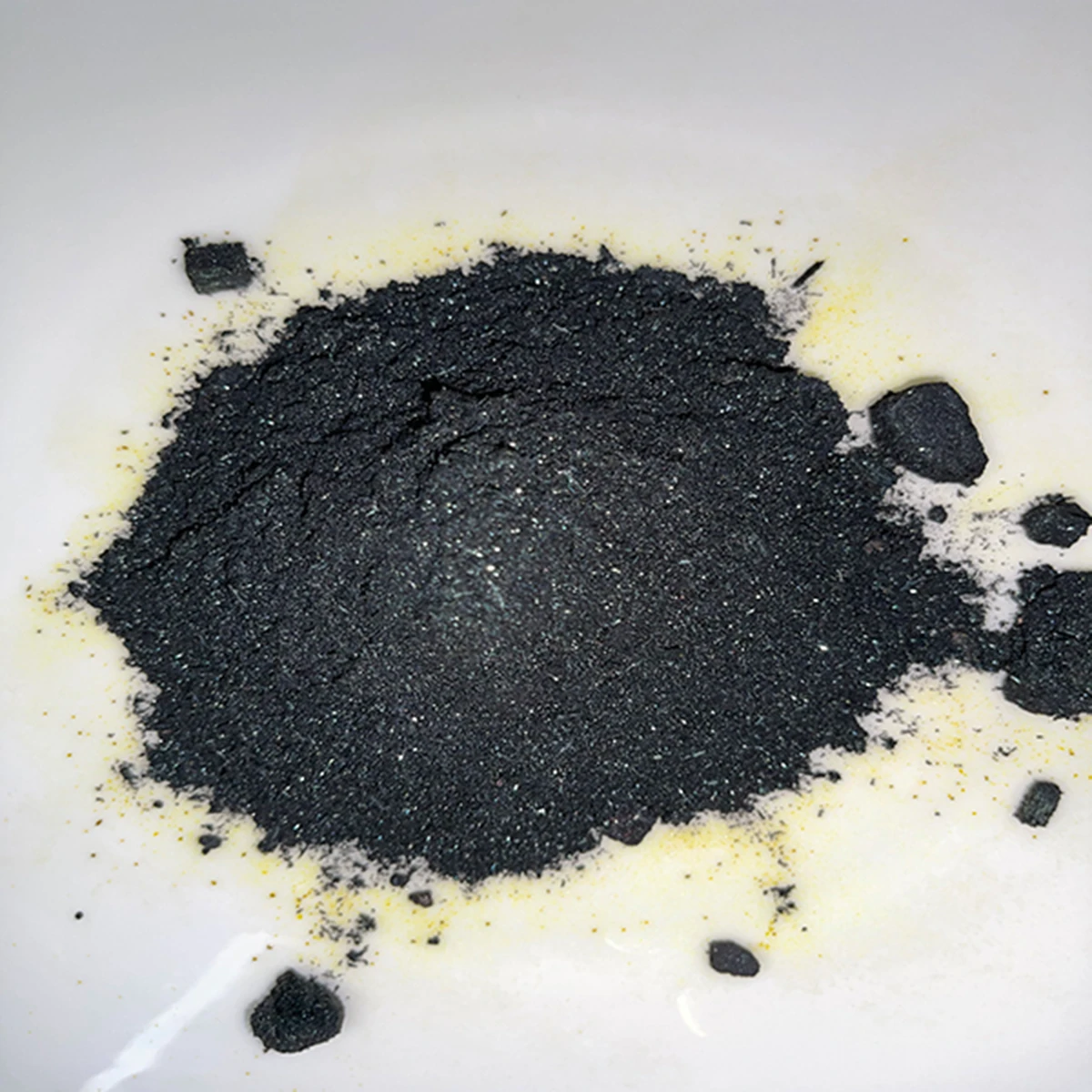



how to apply calcium ammonium nitrate fertilizer
How to Apply Calcium Ammonium Nitrate Fertilizer
Calcium Ammonium Nitrate (CAN) is a popular fertilizer known for its high nutrient content and versatility in various agricultural applications. This nitrogen-rich fertilizer contains both ammonium and calcium, making it not only effective for promoting healthy plant growth but also for improving soil structure. Understanding how to apply CAN effectively can help optimize crop yields and enhance overall soil health.
Understanding Calcium Ammonium Nitrate
Before application, it’s essential to understand the composition of Calcium Ammonium Nitrate. Typically, it contains around 26% nitrogen, split between ammonium and nitrate forms. The ammonium form provides a slow, steady release of nitrogen, while the nitrate form offers immediate availability, ensuring that plants have access to the nutrients they need at different growth stages. Additionally, the calcium component helps fortify plant cell walls and contributes to overall plant strength.
When to Apply CAN Fertilizer
Timing is crucial in the application of Calcium Ammonium Nitrate. Generally, it should be applied during the growing season, particularly during the early stages of crop development when nutrient demands are high. Farmers often recommend applying CAN in splits; for instance, a portion can be applied at planting, followed by subsequent applications as the crop progresses. This approach not only meets the immediate nutrient needs but also minimizes the risk of nutrient leaching and wastage.
How to Apply
how to apply calcium ammonium nitrate fertilizer

1. Soil Testing Start with a soil test to determine nutrient levels and pH. This will help guide the amount of CAN needed and prevent over-fertilization. 2. Application Rate Based on soil test results, calculate the appropriate application rate. A general guideline is 200-300 kg per hectare, but this can vary depending on crop type and soil fertility.
3. Method of Application CAN can be applied using various methods. It can be broadcasted on the soil surface or incorporated into the soil through tillage. Side-dressing is also a practical technique, where it is placed in bands alongside growing crops. This method ensures that the nitrogen is available near the root zone where it’s most needed.
4. Watering After application, it’s important to irrigate the area unless rain is forecasted. This helps activate the fertilizer and promotes nutrient absorption by the plants.
5. Safety Precautions Always wear protective gear when handling CAN, as it can cause skin and eye irritation. Store it in a dry, cool place away from incompatible materials.
Conclusion
Applying Calcium Ammonium Nitrate effectively involves understanding its composition, timing, and proper methods of application. By following these guidelines, farmers can enhance soil fertility, promote healthy plant growth, and ultimately achieve better yields. With correct usage, CAN can significantly contribute to the productivity of agricultural endeavors.
-
Why Sodium Persulfate Is Everywhere NowNewsJul.07,2025
-
Why Polyacrylamide Is in High DemandNewsJul.07,2025
-
Understanding Paint Chemicals and Their ApplicationsNewsJul.07,2025
-
Smart Use Of Mining ChemicalsNewsJul.07,2025
-
Practical Uses of Potassium MonopersulfateNewsJul.07,2025
-
Agrochemicals In Real FarmingNewsJul.07,2025
-
Sodium Chlorite Hot UsesNewsJul.01,2025










